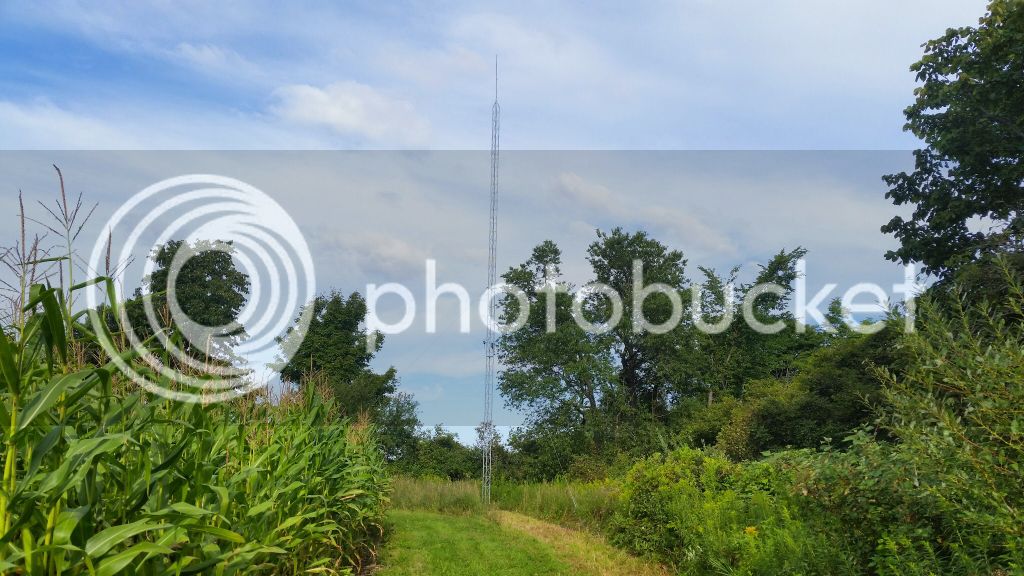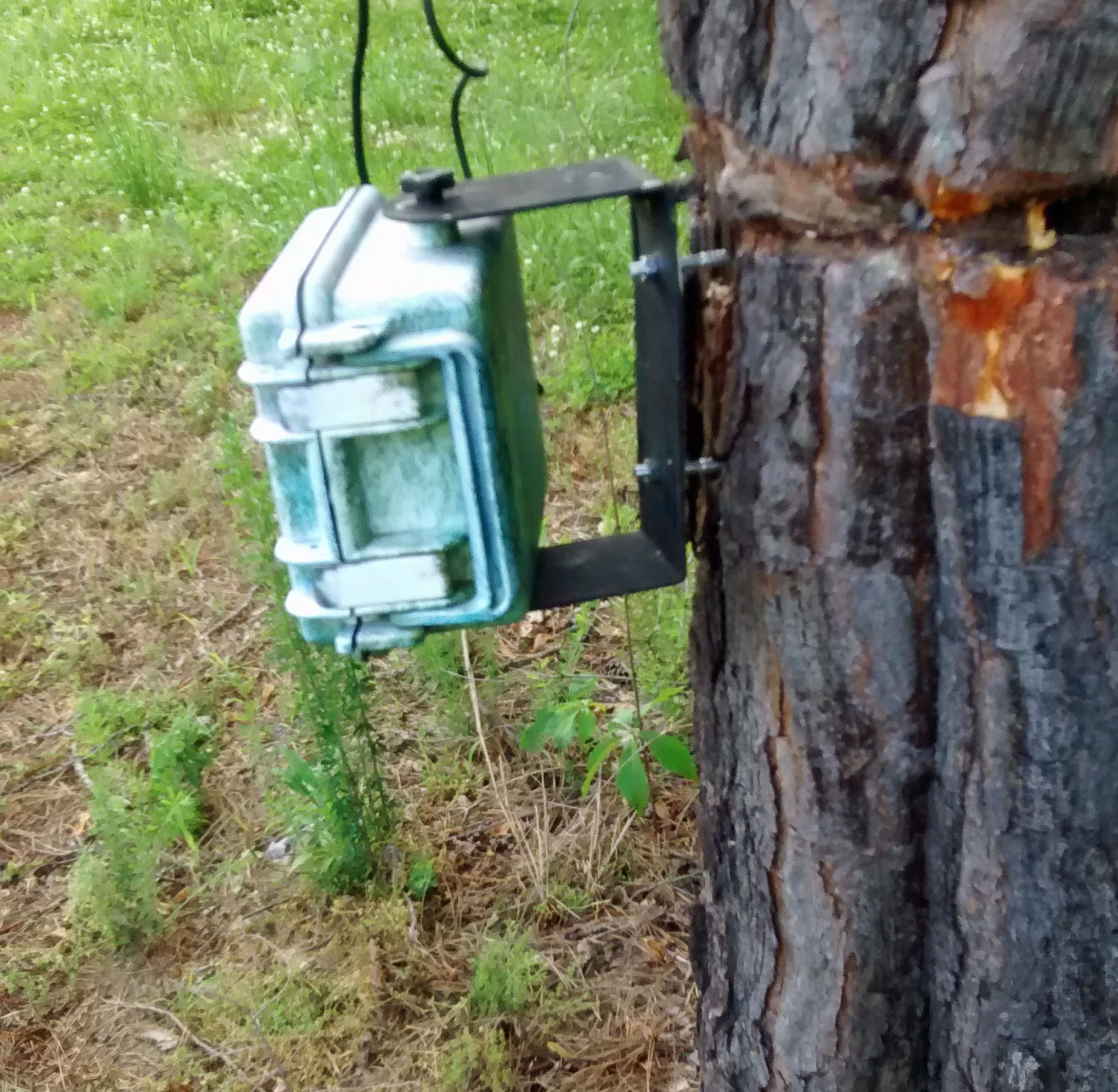yoderjac
5 year old buck +
Quote:
==================================
Originally Posted by KS_Bowhunter
I am happy to report that I have taken the plunge.
==================================
Oh you're hooked now(INTERNAL IMAGE LIKE EMOTICON REMOVED)
Nothing like having coffee every morning and looking over the last 24 hours of pictures.
I'm in withdraw. I'm remote, power outage drained my battery backup and the computer is off. Glad it's not prime time. If you're going remote be sure you use a computer that has the option in the bios to power back on after a power failure.
I'll be switching mine out real soon.
Bill
Quote:
==================================
Originally Posted by Billb66
Oh you're hooked now(INTERNAL IMAGE LIKE EMOTICON REMOVED)
Nothing like having coffee every morning and looking over the last 24 hours of pictures.
I'm in withdraw. I'm remote, power outage drained my battery backup and the computer is off. Glad it's not prime time. If you're going remote be sure you use a computer that has the option in the bios to power back on after a power failure.
I'll be switching mine out real soon.
Bill
==================================
Good advice. I'll mention that to my IT guy at work (probably not smart enough to do that on my own) so that I can handle the remote re-boot. Getting excited on my end! Have everything ordered (cameras, base antenna mast, cabling, etc). Just a matter of installing and de-bugging/experimenting enough to work thru the kinks.
Pre-ordered a few sensors/repeaters today boys. $399.99 as a sensor and $460 as a sensor/repeater. I was hoping for a little better price than that but it's a lot less than using a full camera where it's not needed. Like the top of my neighbors silo....
Quote:
==================================
Originally Posted by nyplotter
Pre-ordered a few sensors/repeaters today boys. $399.99 as a sensor and $460 as a sensor/repeater. I was hoping for a little better price than that but it's a lot less than using a full camera where it's not needed. Like the top of my neighbors silo....
==================================
That's real pricey for a sensor, if they had an input on the camera to trigger it I could get a sensor with a litheum battery from an alarm company for less than $50.
The repeater I couldn't build(INTERNAL IMAGE LIKE EMOTICON REMOVED)
Thanks for the heads up.
Hey NY,
I just looked at the web site. It doesn't say if more than one camera can use the same repeater.
I assume it would be able to handle multiple, did you ask?
I finally got back in town and have started tinkering with my new X80 cameras. They are all communicating with the PC base, and it will soon be time for deployment in the field. Given that a number of you guys have fully functional systems, I thought I'd canvas the user group to see what each of you consider a minimum acceptable signal level before you consider other improvements such as antenna towers or relays.
I drove around my property, and I can get a signal at every intended camera location (sometimes Ive had to add a yagi antenna to get reception). The signals seem to vary from -40 to -45 db near my cabin all the way down to -75 or -80 db in the outer portions. Do you have a general rule of thumb for a minimum signal level before you try to improve the signal (either by adding a yagi or getting a longer cable to place the yagi higher in a tree or on an antenna mast)?
Just curious.
Quote:
==================================
Originally Posted by KS_Bowhunter
I finally got back in town and have started tinkering with my new X80 cameras. They are all communicating with the PC base, and it will soon be time for deployment in the field. Given that a number of you guys have fully functional systems, I thought I'd canvas the user group to see what each of you consider a minimum acceptable signal level before you consider other improvements such as antenna towers or relays.
I drove around my property, and I can get a signal at every intended camera location (sometimes Ive had to add a yagi antenna to get reception). The signals seem to vary from -40 to -45 db near my cabin all the way down to -75 or -80 db in the outer portions. Do you have a general rule of thumb for a minimum signal level before you try to improve the signal (either by adding a yagi or getting a longer cable to place the yagi higher in a tree or on an antenna mast)?
Just curious.
==================================
I let the application dictate the setup. As long as I have consistent connectivity, that is good enough for many applications. I don't care about data rates for data rate sake. I never use my pictures in real-time. The key is having enough signal to make sure that pictures don't back up on the camera so deep that you loose pictures and that you don't drain batteries faster than your solar panels can replenish them.
Much of this is determined by how you program the camera. If you have an application that requires a short delay time with bursts like a well used woodland trail without great light, investing in improved signal levels beyond constant connectivity may be worth it. On the other hand, in a field situation where deer linger and you can use longer delays between pics without bursts and you have good sun, as long as the data rates are sufficient who cares how fast the pics come back.
The other place where signal level investment is of good value is on repeater cameras. They need both high signal levels as well as good sun and a large capacity panel. They are doing double duty. Transmission take power and the lower the signal levels the more power it takes to transfer the same data. These repeater cameras use power to take their own pictures and transmit them, but they also use power for every camera that transmits pictures through them. The more cameras going through the repeater (and pictures per day per camera), the more important power management becomes.
Good Luck,
Jack
My x80s came in and I'm getting about 1/2 mile transmission from inside the house with the standard antenna.
Do you guys email the photos or subscribe to the service?
Quote:
==================================
Originally Posted by JBGulf Shores
My x80s came in and I'm getting about 1/2 mile transmission from inside the house with the standard antenna.
Do you guys email the photos or subscribe to the service?
==================================
I don't have a internet connection with mine. Cost of a permanent internet connection at my farm is not worth it for this. I have my PC located at the farm that directly receives the pictures. I hooked a wifi router to it with no uplink. When I go to the property, I simply copy the pictures across the wifi to my laptop and can do what I want with them from there.
Personally, I don't generally post my pictures for public access. I run them through a process that records all of the data in an access database for later analysis. I do share the pictures with other owners of my farm. I created my own web site for this. I'm setup to publish the pictures to that private web site automatically. The other owners need an account to log in before they have access to the pictures.
I think posting pictures on-line can be dangerous when open to the public. I don't want to give poachers any incentive to use my place for their crimes. As far as email goes, again, I don't have a permanent internet connection at the farm, but I have no need to get the pictures via email. I don't use any of the real-time information.
Thanks,
Jack
I use the LiveCam service and love it. It's only open to the public if you select that option. Like Jake I don't share mine. I have a 72' antenna on the highest point of my property with a BEC repeater on it, larger battery and solar panel. Cameras that are further out run back thru this repeater and then to my external home antena that is hooked to the system. Works great and I'm getting at least 2 miles from some camers. Many ways to set the system up you just need to figure out what's best based on your situation. Good luck!


That makes sense Jack!
I did not intend to publish the photos, I just want to access them.
I also do not have inet at the farm, or even phone for that matter. I'm getting used to the system more locally to my house before deploying to the farm.
Ideally, I would like to see the farm photos while at my home 3 hours away.
But the cell cost would probably be high (someone with a cell base please weigh in on this)
The 2nd best choice would be to leave the CPU at the farm and view the photos when I get there. As far as that goes, I have all I need at this time.



